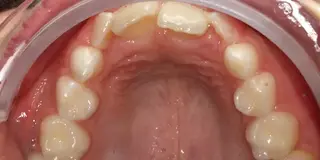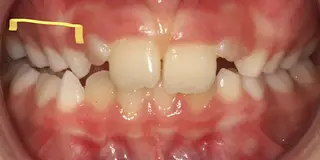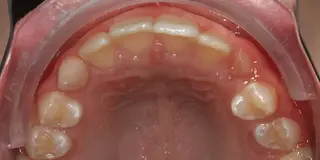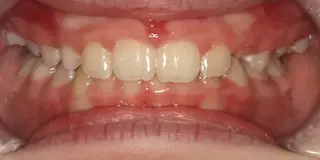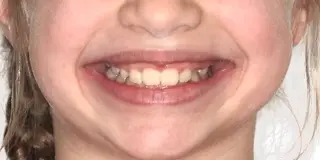Orthodontics
How Long Does Orthodontic Treatment Take?
Treatment time can vary widely from patient to patient, and your specific treatment time will depend on the severity of your orthodontic condition and the type of treatment you choose. Orthodontic treatment can take anywhere from 6 months to 3 years to complete, although most patients undergo treatment for 18-24 months.
In order to have a better understanding of your needs, we provide a free consultation where we can address your concerns.
We offer free orthodontic consultations for both children and adults!
We offer both Traditional Braces or Invisalign ® Clear Aligner Orthodontics
Metal /Traditional Braces
These are the metal brackets and wires that most people picture when they hear the word "braces." However, modern brackets are smaller and less noticeable than the notorious "metal-mouth" braces that many adults remember. Plus, new heat-activated archwires use your body heat to help teeth move more quickly and less painfully than in the past.
Pro's: Least expensive type; colored bands give kids a chance to express themselves
Con's: Most noticeable type of braces; patients don’t care for them well
Ceramic Braces
Ceramic braces are the same size and shape as metal braces, except that they have tooth-colored or clear brackets that blend in to teeth. Some even use tooth-colored wires to be even less noticeable.
Pro's: Less noticeable than metal braces
Con's: More expensive than metal braces; Brackets can stain easily if patients don’t care for them well


Invisalign
After an evaluation visit to determine whether a patient is a candidate for Invisalign®, our team will conduct a Record's Appointment where we take digital impressions, radiographs and patients photos.
Using these, Invisalign® will use its unique computer imaging system to create a series of Invisalign® clear aligners, which will replace the standard bracket and wires of conventional orthodontics.
The first in the series of clear retainers will fit the patient's teeth as they exist at the beginning of treatment. Each successive retainer will exert forces which will move teeth to the position where the next retainer can take over. The patient must wear each removable retainer for approximately two weeks. To be most effective, the clear aligners must be worn at all times – 24 hours a day - except during meals.
The number of aligners will vary from patient to patient depending on the severity of the malocclusion. The overall length of treatment generally approximates the time needed for standard orthodontics. 80% of Invisalgn treatment cases can last between 12-24 months. Our team will provide you an estimated length of treatment after your Record's Appointment.



Itero Scanner provides digital scans of teeth (No more gagging with alginate impression)
Common Ortho Cases
Anterior Cross Bite
Patient presents with anterior crossbite (underbite - upper teeth are positioned behind of lower teeth).
Correcting crossbite is urgent and time sensitive. A crossbite needs to be addressed while the patient is actively growing.
If orthodontics is started after 10 years of age (slower growth period for maxilla and jaw), surgery may be needed to correct jaw positioning. The patient still has baby teeth that remain, but now both adult and baby teeth are in correct positioned now facilitating normal growth and alignment.
Before
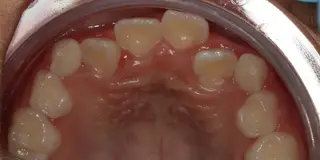
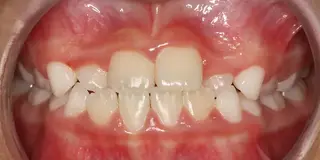


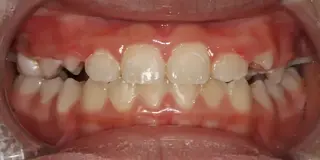
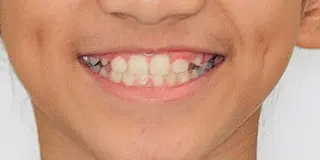
After
Posterior Cross Bite
Patient presents with Posterior crossbite (upper back teeth are positioned inside of lower teeth).
Correcting crossbite is urgent and time sensitive. A crossbite needs to be addressed while the patient is actively growing.
If one attempts to correct a posterior crossbite is started after 10 years of age (slower growth period for the maxilla and jaw), the patient's palatal suture my have fused already and non-ideal result may occur (more tipping of teeth instead of moving teeth and widening of nasal passages). Narrow maxilla and posterior crossbites may result in narrow nasal passages, restricted airway, snoring, mouth breathing, among other various breathing issues.
Before
